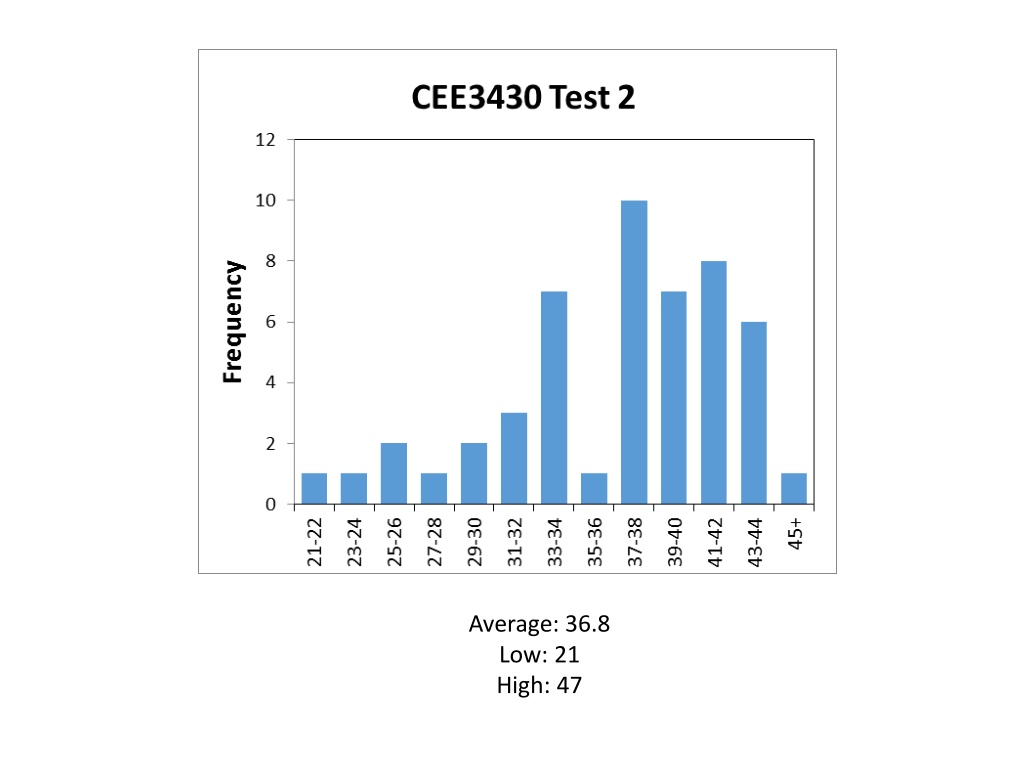
Reservoir Routing and Hydrograph Alterations
Explore how reservoirs and streamflow routing affect runoff hydrographs, learn about reservoir system components, outlet specification, and the level-pool routing method. Understand the impact of inflows, storage characteristics, and outlet properties on reservoir output.
Download Presentation

Please find below an Image/Link to download the presentation.
The content on the website is provided AS IS for your information and personal use only. It may not be sold, licensed, or shared on other websites without obtaining consent from the author. If you encounter any issues during the download, it is possible that the publisher has removed the file from their server.
You are allowed to download the files provided on this website for personal or commercial use, subject to the condition that they are used lawfully. All files are the property of their respective owners.
The content on the website is provided AS IS for your information and personal use only. It may not be sold, licensed, or shared on other websites without obtaining consent from the author.
E N D
Presentation Transcript
Average: 36.8 Low: 21 High: 47
Reservoir and Streamflow Routing How do reservoirs, stream reaches, and distributed elements alter the runoff hydrograph? Determine the time and magnitude of flow at a point on a watercourse from known or assumed hydrographs at points upstream Hydrologic (lumped) Storage equation ?? ??= ?(?) ?(?) Hydraulic (distributed) St Venant Equations
Reservoir Routing Learning objectives 1. Identify reservoir system components 2. Describe the storage continuity equation 3. Use the level pool method to derive reservoir output (Puls method) 4. Specify outlet characteristics 5. Route inflow through the reservoir and outlet 6. Evaluate if the basin/outlet are properly sized
Outlet specification Unmanned Weir Outlet pipe (orifice) 2 = = 2 Q C A gh / 3 2 2 Q C g b h out d out d 3 A = cross-sectional area of orifice [L2] b = weir crest length [L] Cd = discharge coefficient [fraction] g = gravitation constant [L/T2] h = water height above crest [L] Both give a stage (h) vs discharge (Qout) relationship
Level-Pool Routing Steps 1.Estimate inflow hydrograph, I(t) 2.Establish outlet stage-discharge relationship (h vs Q) 3.Establish basin stage-storage relationship (h vs S) 4.Establish discharge-storage relationship (Q vs S) and Q vs (2S/ t + Q) 5.Start at time step 1: S1, I1, Q1, I2, t known Proceed with iterative calculations
Conclusions 1. Inflows, storage characteristics, and outlet properties influence reservoir output 2. Combine reservoir and outlet stage-storage- output relationship and continuity equation to iteratively solve for output 3. Check that reservoir is properly sized! 4. Reservoirs can alter the magnitude and timing of the hydrograph
